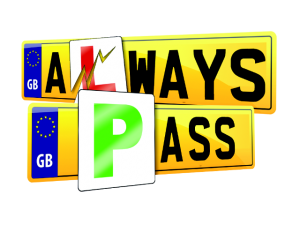Driving Test
If you passed your driving test before 2017 you won’t have had to pass the ‘Show me tell me’ questions. These were introduced after the theory test in 1996, as a more practical part of driving theory. You have to be able to answer one ‘tell me’ question at the start of your test. This question is asking how you’d carry out a safety task before you start driving. The ‘show me’ question is asked during the test, and you will be asked to show how you’d carry out a safety task.
Whilst you may think these questions are not very important, as you’ll only get one driving fault (a minor) if you get them both wrong, you could fail the test if your driving is dangerous while you answer the show me question. These questions are less of an academic exercise and more designed to help you to deal with driving in the real world. Anything that keeps you safer has to be a good thing, It’s easy to get ready for this part of the driving test, as the questions that will be asked are part of a list published by the Driver & Vehicle Standards Agency, Let’s take a look at the tell me questions, we will tackle the show me questions in our next article.
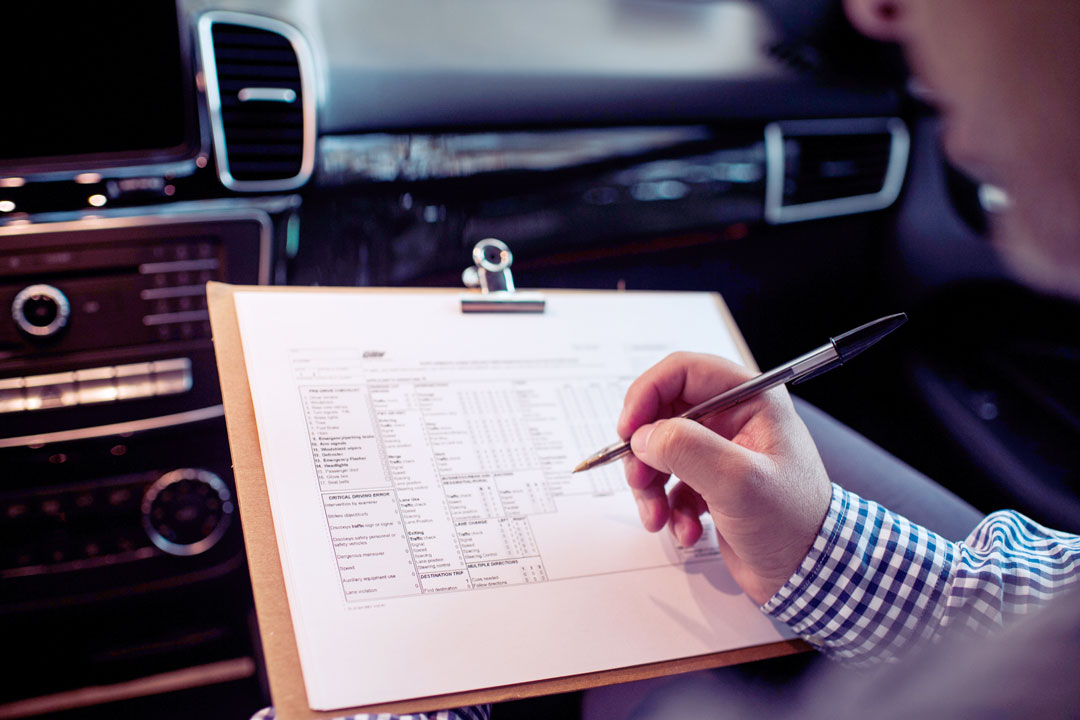
‘Tell Me’ Questions
Tell me how you’d check that the brakes are working before starting a journey.
Well it’s obvious why they might want to know that new drivers can check their brakes. No-one wants cars on the road that don’t have working brakes! That’s dangerous for everyone, not just drivers…So how do you answer the question? (and more importantly how do you stay safe?!) You should test your brakes as you set off. They shouldn’t feel spongy or slack. When you’re driving slowly brake and the car shouldn’t pull to one side when under braking.
Tell me where you’d find the information for the recommended tyre pressures for this car and how tyre pressures should be checked.
Tyre pressures can affect braking and fuel economy, so it is important for new drivers to understand how to check them. This is a simple and important part of owning a car.
To answer the question correctly you’d find the information in the manufactures guide. To check use a reliable pressure gauge to check the tyres when they’re cold. Don’t forget to check the spare tyre, and refit all of the valve caps.
Tell me how you make sure your head restraint is correctly adjusted so it provides the best protection in the event of a crash.
It is important to have well-adjusted head rests, as if you had a bump it would help to protect your neck from serious injury. This one is nice and easy to answer, it should be adjusted so the rigid part of the head rest is at least as high as the eye or top of the ears, and as close to the head to be comfortable. Some cars don’t have adjustable head restraints.

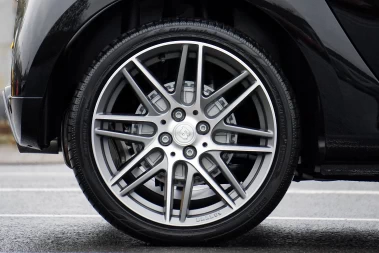
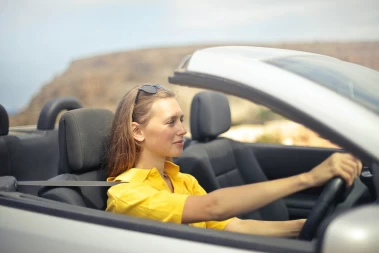
Tell me how you’d check the tyres to ensure that they have sufficient tread depth and that their general condition is safe to use on the road.
We all have to take care of our tyres, they’re one of the parts of your car that will need replacing every so often. It’s good to learn when you need to get new tyres.
The answer to this one is there should be no visible cuts or bulges on the tyre. You need 1.6mm of tread depth across the central three-quarters of the breadth of the tyre, and around the entire outer circumference of the tyre.
Tell me how you’d check that the headlights and tail lights are working. You don’t need to exit the vehicle.
A nice simple question to answer! As it’s a tell me question you’re not expected to get out of the car, just explain you’d turn the lights on (you may need to turn the ignition on) and walk around the car to check the lights are on.
Tell me how you’d know if there was a problem with your anti-lock braking system.
If you hadn’t heard the answer for this one it might be tricky, but actually the answer is quite simple. You will see a warning light on the dashboard if there’s a fault with the anti-lock braking system.
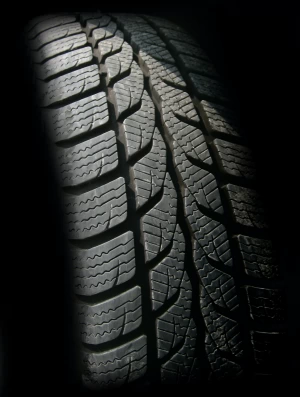
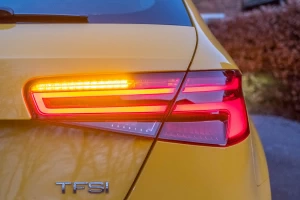
Tell me how you’d check the direction indicators are working. You don’t need to exit the vehicle.
This one is just like how you’d check the headlights, again not such a tricky question to answer. You just need to explain how to turn the indicators on and walk around to check the lights are working.
Tell me how you’d check the brake lights are working on this car.
This might seem trickier than the other lights to check, as you can’t leave them on and walk around to check, but the answer is actually quite simple. If you have a friend with you, just ask them to check the lights whilst you operate the brake pedal. If you’re on your own you can still check your brake lights. Just park with the rear of the car opposite a window or door that has a reflective surface. You can then see the reflection of the brake lights to check they work.
Tell me how you’d check the power-assisted steering is working before starting a journey.
Unless you’ve ever driven an older car that doesn’t have power steering you won’t realise how much difference the power steering makes!
If the steering becomes heavy, the system may not be working properly. Before starting a journey, 2 simple checks can be made.
Gentle pressure on the steering wheel, maintained while the engine is started, should result in a slight but noticeable movement as the system begins to operate. Alternatively turning the steering wheel just after moving off will give an immediate indication that the power assistance is functioning.
Tell me how you’d switch on the rear fog lights and explain when you’d use them. You don’t need to exit the vehicle.
You need to show where the fog lights switch is in your car, and operate the switch. Don’t forget to use front and rear fog lights. Fog lights should only be used in fog, which is when visiblity is less than 100 metres (328 feet) which is roughly the length of a football pitch. When you exit the fog you must remember to turn them off again.
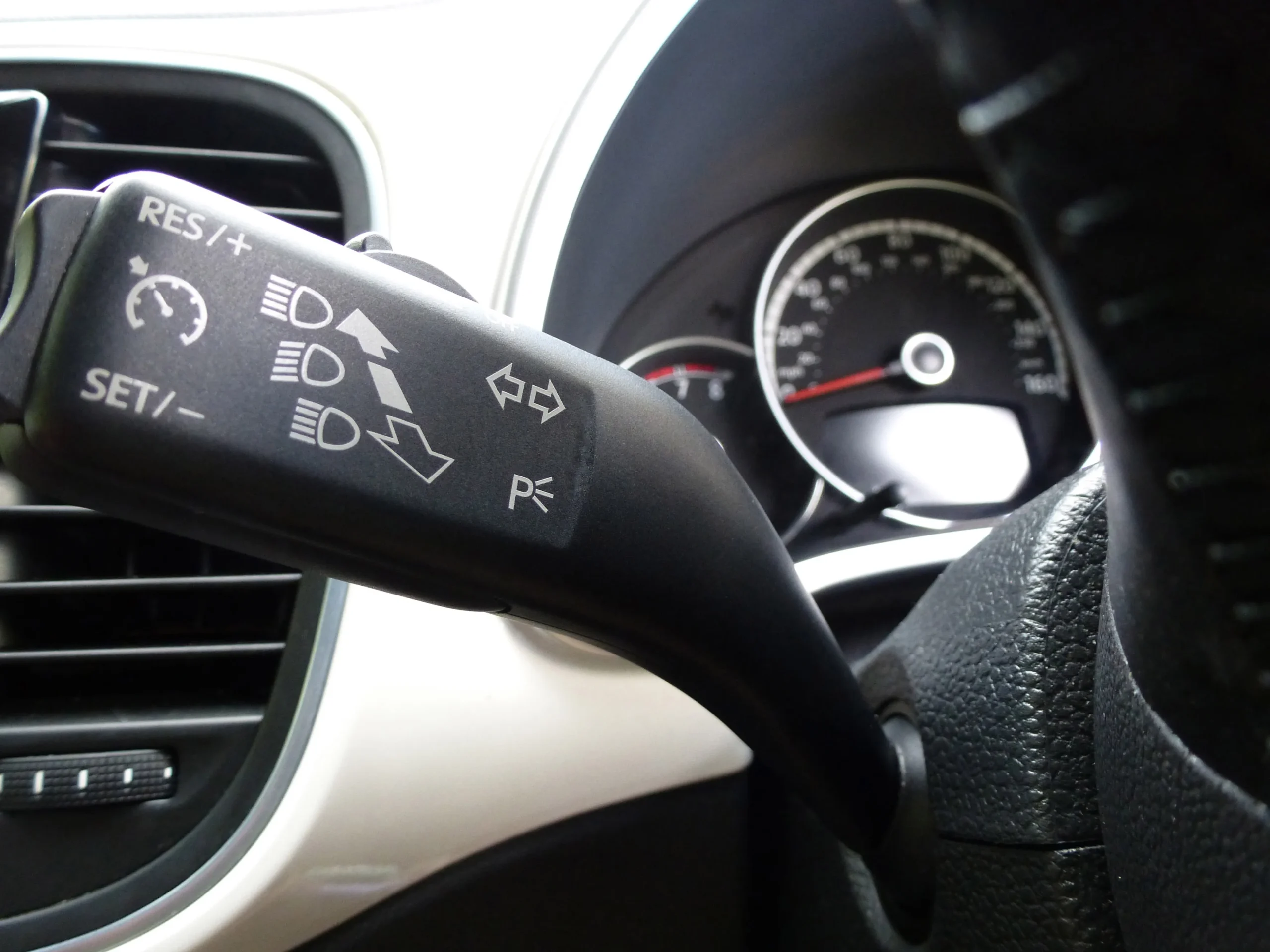
Tell me how you switch your headlight from dipped to main beam and explain how you’d know the main beam is on.
You need to show where the headlights switch is, the picture shows full beam and dipped lights. If your main beam is on you should have a light on your dashboard. It’s important that you know the difference, as your main beam lights will shine a lot further down the road, and might blind oncoming traffic. Dipped lights should be used around town, full beam is for very rural areas without street lighting. If you see another car coming you must dip your lights to avoid blinding them.
Open the bonnet and tell me how you’d check that the engine has sufficient oil.
For this one you’ll need to open the bonnet (make sure you know how to do this in your car). Tell the examiner how you’d check the oil. The dipstick to check the oil can be found by unscrewing the oil filler cap, this usually has a picture of an oil can on it (and is sometimes yellow). You would need to explain how to remove the dipstick, clean it by wiping on a rag then dip fully into the oil and remove. The level of oil should be between the max and min markers on the dipstick.
Open the bonnet and tell me how you’d check that the engine has sufficient engine coolant.
It’s important to have had a look under the bonnet before you get to the tell me questions, so you can identify where the coolant would go. In most cars it’s clearly marked coolant. You would need to explain it should be filled to between the high and low level markers. This should be filled with coolant, or anti freeze not water.
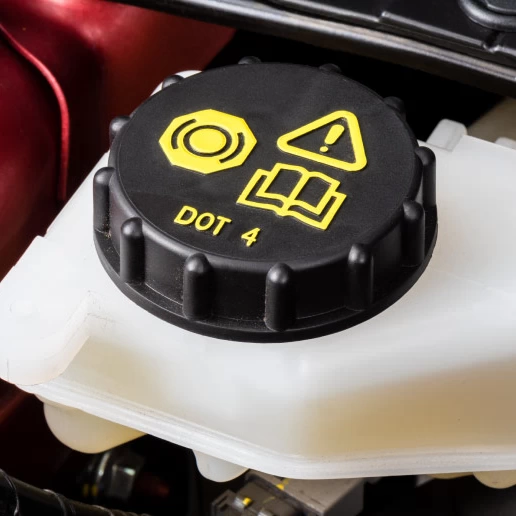
Open the bonnet and tell me how you’d check that you have a safe level of hydraulic brake fluid.
For this question you need to open the bonnet and show where the brake fluid goes, this is identified by this picture. Explain you need to check that the level is between the high and low markings.
That’s the whole list of questions! You’ll only be asked one of them, it only takes a little preparation and you will be able to face them with confidence. We always fully prepare our learners for their driving test, we love it when people pass first time!
If you’d like to learn with us, we’d love to teach you. Just get in touch with the form below.
